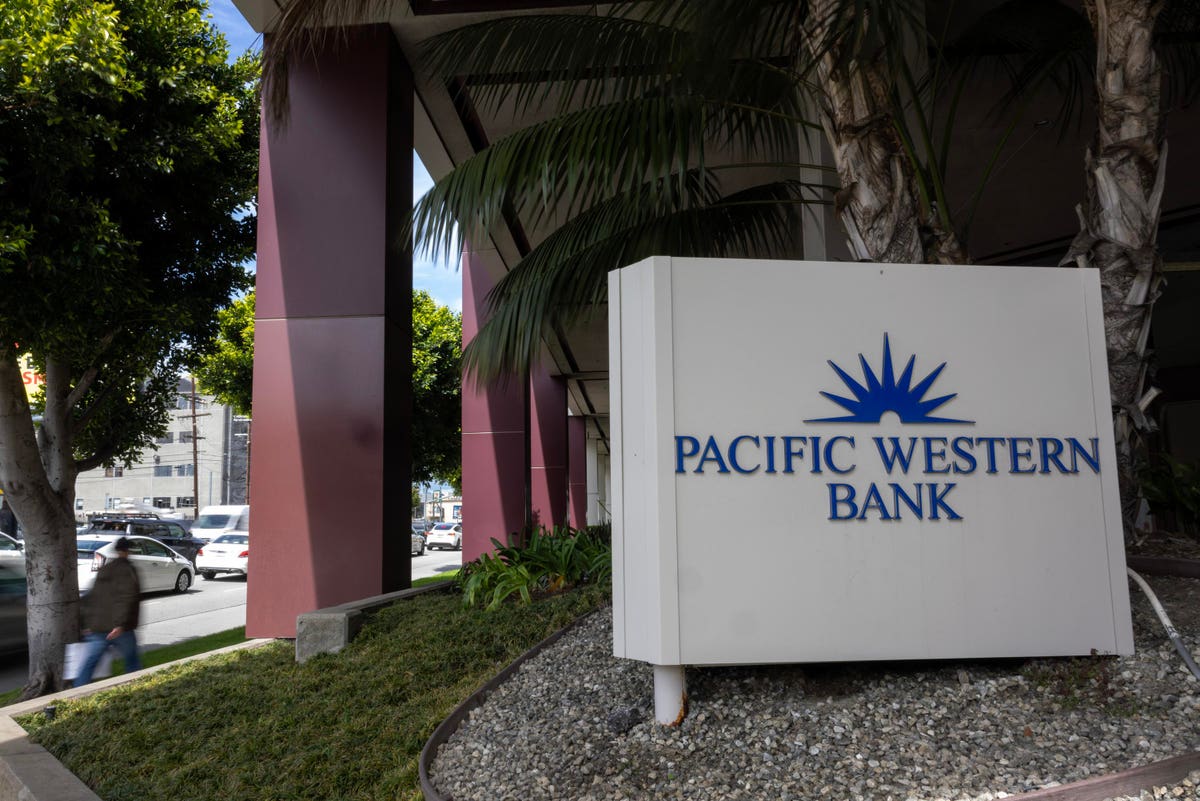U.S. banks are collapsing, and that is not an understatement. First Republic Bank
FRC
It’s a new kind of 2008 in the U.S. Rising bond yields meant that existing bonds held by the banks were worth less, adding to their financial woes.
But further south and east, emerging market banks are holding their own. Even Russian banks, sanctioned to smithereens, have not folded. This includes private ones not owned by the state, like Alfa Bank.
“We really haven’t seen anything similar in emerging market banks. We’ve looked at them. We haven’t found any wobbles or instability caused by recent events in California or in Western Europe,” says Josh Rubin, a portfolio manager for Thornburg Investment Management.
Not all U.S. bank failures are due to write-downs on bond losses. Some of it has been famous mismanagement, as with Silicon Valley Bank. For instance, emerging market banks in countries like Brazil have learned to prepare and protect from risks. Whether it was double-digit inflations for years or crashing currencies and sovereign defaults, many countries in Latin America and Southeast Asia learned the hard way.
In 2018, when interest rates started to rise globally, emerging market banks sailed through without a problem. Even if their stock price took a hit, the bank itself was sound.
For instance, Itau shares are down over 26% since 2018 while the U.S. Financial Sector Select ETF is up 13.5%. Who’s looking better now?
Emerging market banks are also not levered up like Western banks. You will be hard-pressed to hear about banks in Latin America or Africa that are facing major margin calls they cannot make because they are five-times leveraged in their portfolios. This doesn’t happen there. It makes matters worse for Western banks, which is one reason why they love low-interest rates — lower cost for margin debt.
Emerging market central banks seem to be striking a very important balance right now, as well, says Rubin. On the one hand, since they began raising interest rates earlier than developed market central banks did, they don’t have to push as aggressively in today’s inflation environment compared to what we see in the U.S. and Europe.
Another element that’s much more common in emerging markets than in developed markets is floating interest rates. Depositors have been paid a reasonable yield for the last several years as rates rise, and borrowers borrowed at floating rates, which means that during this rising rate environment, banks are still balancing the net interest margin or the spread between deposits and loans as interest rates rise.
“What we see from a central bank standpoint is that they’re able to focus on the capitalization of the banking system,” says Rubin. “Inflation seems to have peaked across almost every emerging market. They are more likely than not to be cutting interest rates, which should provide a nice tailwind for the general economic momentum. They can walk the tightrope balancing inflation and economic growth in a way that Western countries are much more challenged to do.”
Emerging markets might look good now, but if the banking crisis worsens in the U.S., emerging markets will suffer if the banks do not fail like they are failing here.
“From a macro perspective, if the banking crisis gets worse and the Fed is not quick enough to respond, then you are at risk of a sharp tightening of liquidity, perhaps a sharp rally in the dollar, and that will not be a good time to be holding emerging markets,” says Brian McCarthy, managing partner of Macrolens in Stamford, Conn.
“If the banks here fail and the Fed does nothing…it might not be as bad as 2008, but I can see a similar dynamic unfolding for the world,” he says.
Read the full article here













